
Photographer Ayesha Malik grew up in a typical American suburb with cookie-cutter houses, softball fields, and Christmas trees in December. However, her hometown, Dhahran, is located on the east coast of Saudi Arabia, some 8,000 miles away from the California neighborhood it was modeled after.
Dhahran is a 22.5 square-mile gated compound built for the American expatriate workers of Aramco, the biggest oil company in the world. Now owned by the Saudi state, Aramco was originally founded in 1933 as a U.S.-Saudi joint venture. Palm trees and lush lawns were imported after striking black gold.
“Growing up, I didn’t differentiate between ‘American’ and ‘Saudi’,” says Malik. “In my world, abayas and softball fields were very compatible. As I got older, I realized what a rare privilege it was to have the chance to experience Saudi Arabia.”
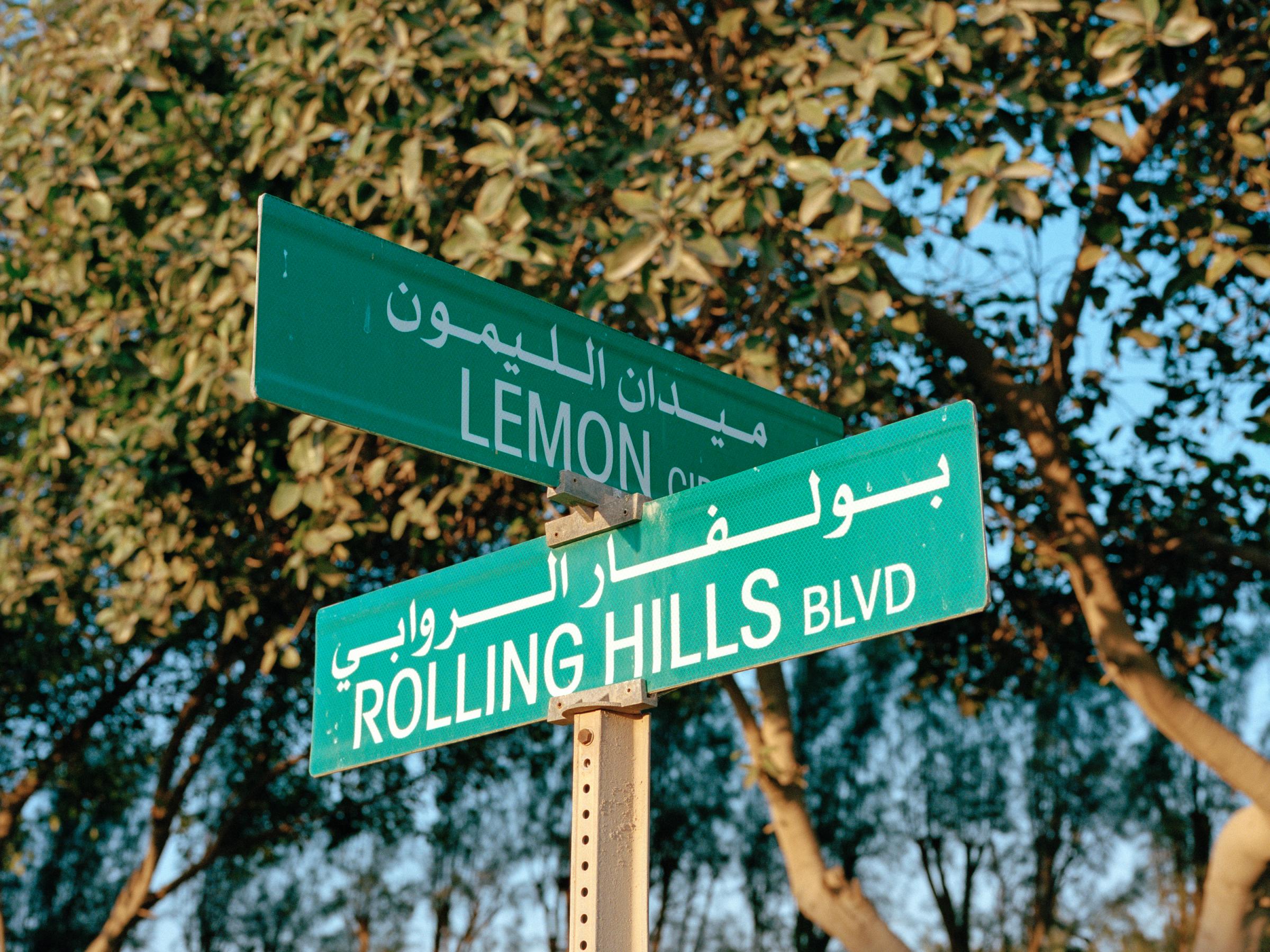
The opportunity for Westerners to travel, let alone photograph, in Saudi Arabia has always been severely restricted. “Sure, [Dhahran] is in Saudi Arabia, but it’s not really Saudi Arabia,” Malik tells TIME. Outside the Aramco compound, women can’t drive, shops close multiple times a day for prayer, and restaurants are segregated between families and single males, she says.
In Dhahran, Malik can drive, ride a bike, and photograph her hometown. But, if she steps out of the compound, she cannot enjoy the same range of freedoms without being accompanied by a male relative, and must conform to the country’s stringent rules. “I still get told to put my camera away by guards at the mall,” she says. “Legally, I can take photos in public — but that wasn’t always the case. For years, camera phones were banned at the mall, but there is no way that could be controlled in this day and age.”

With her Pakistani origins, her American passport and Saudi background, Malik is perfectly positioned to document Saudi identity, which now forms an integral part of her work as a photographer. “I try not to let the restrictions on women get in my way,” Malik tells TIME. “I focus on the positive. As a woman, I have the chance to meet and speak with many other young women in Saudi Arabia, which would not be doable as a man. I get my fair share of rejections [from men and women], but I also find that people are more curious and open to [being photographed].”
Saudi Arabia is a complex country, and the pace of change is slow, Malik says. However, she sees signs of a shifting status quo. “I just don’t think you can look at Saudi Arabia and implement changes based on a Western perspective,” she says. “Saudi Arabia takes great pride in its history and tradition, but it also values the importance of a future in the modern world.”
Ayesha Malik is a photographer based in New York City and Riyadh.
Marisa Schwartz is an Associate Photo Editor at TIME.com. Follow her on Instagram and twitter.

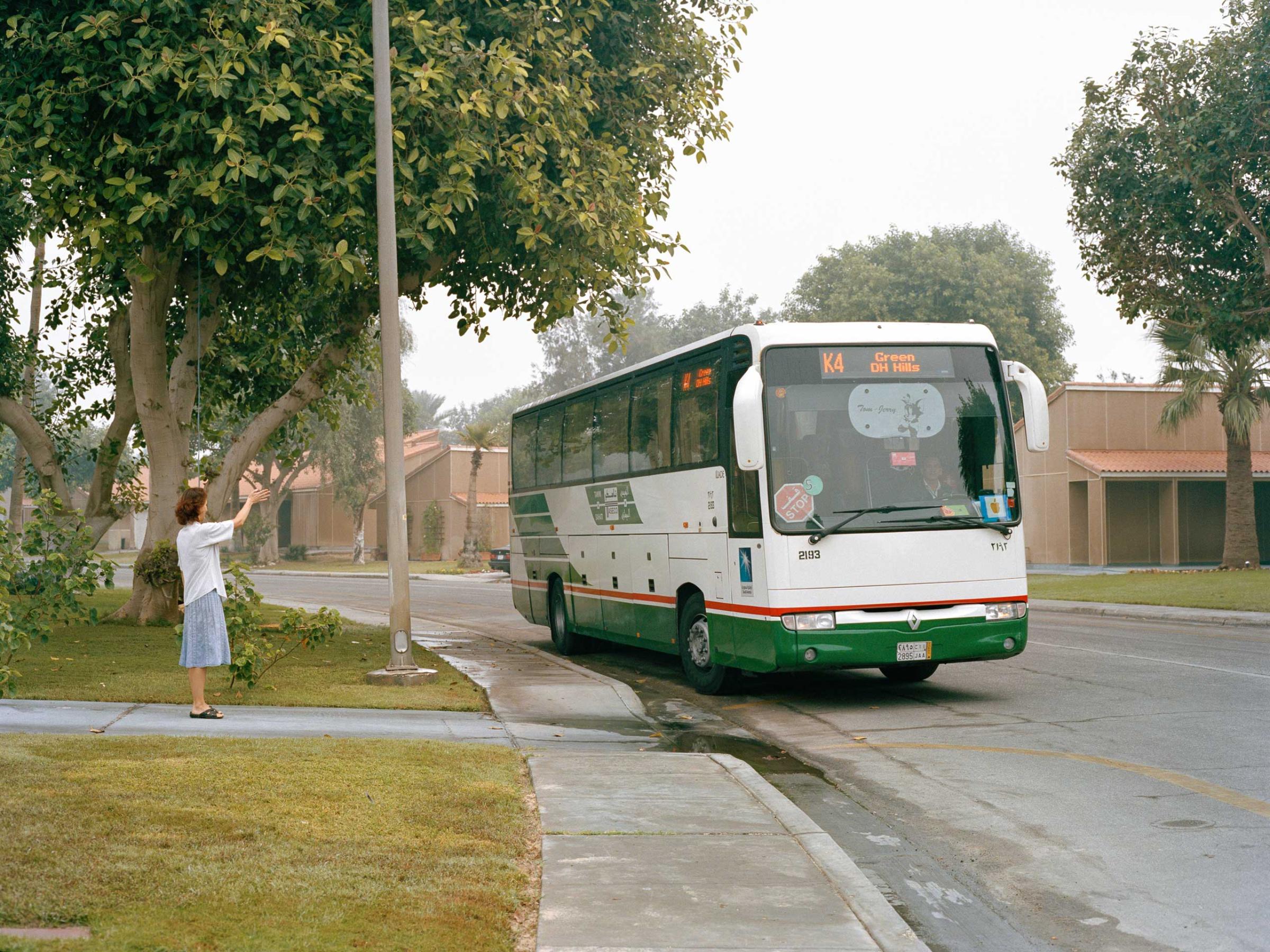
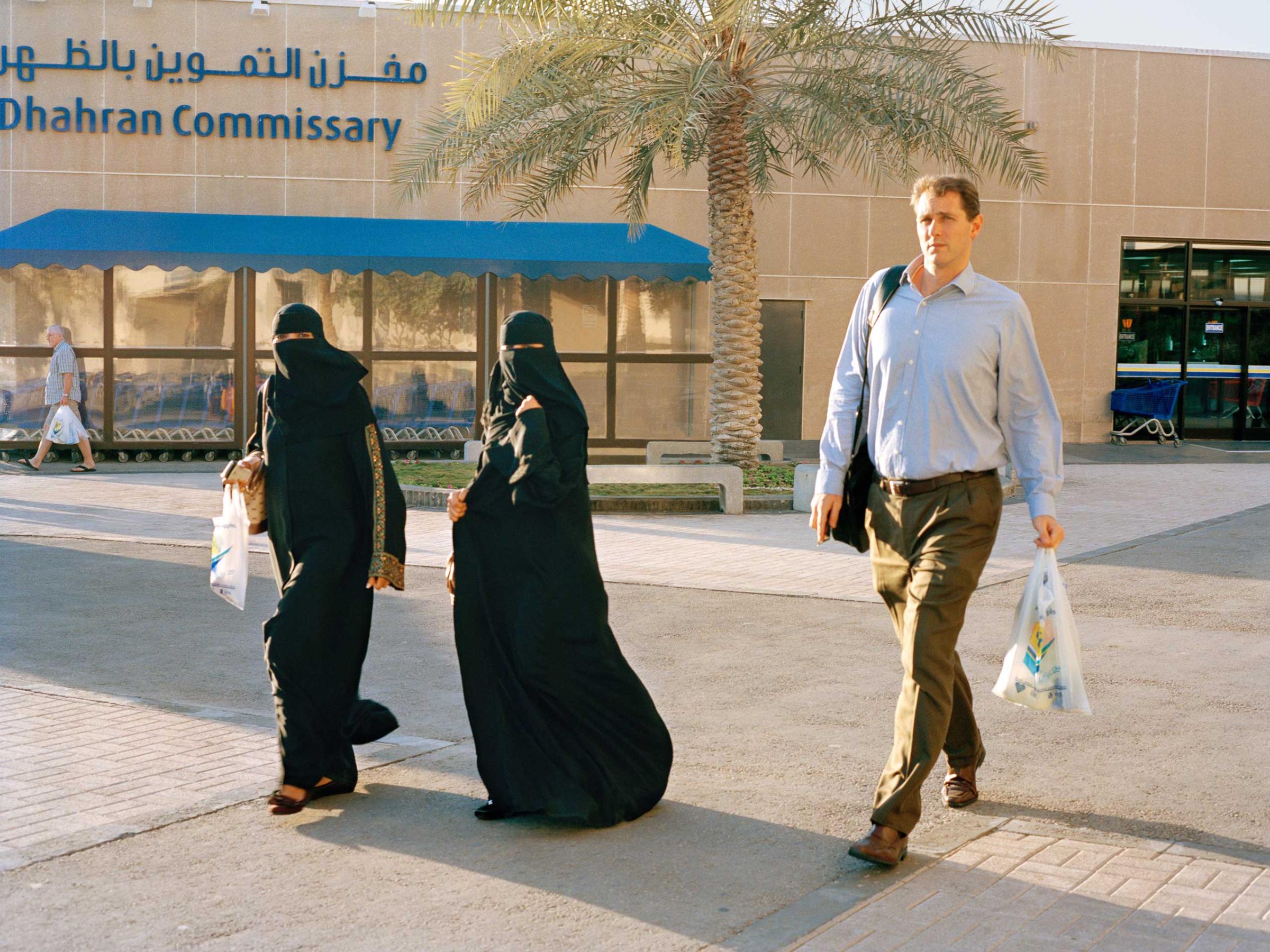
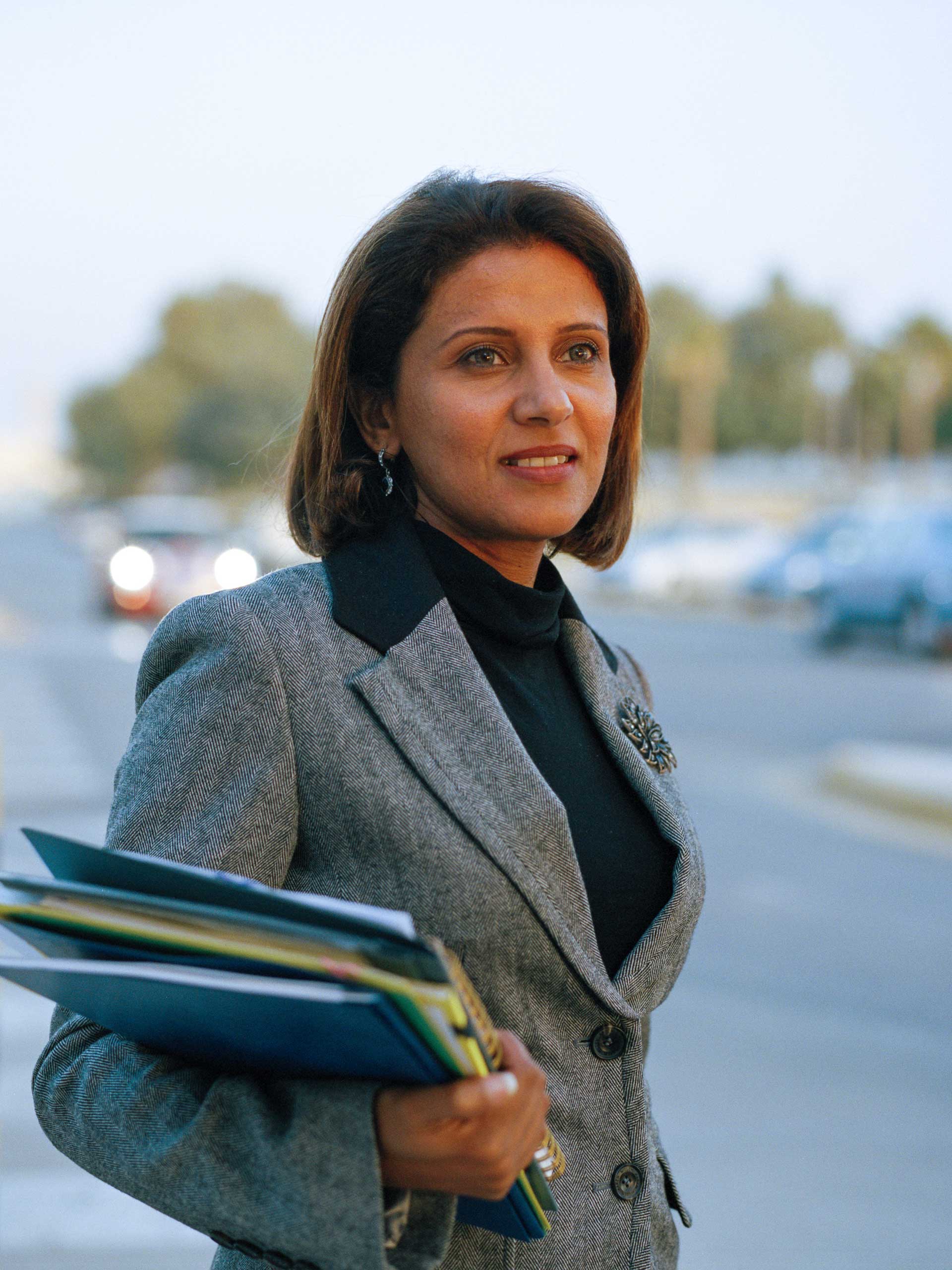

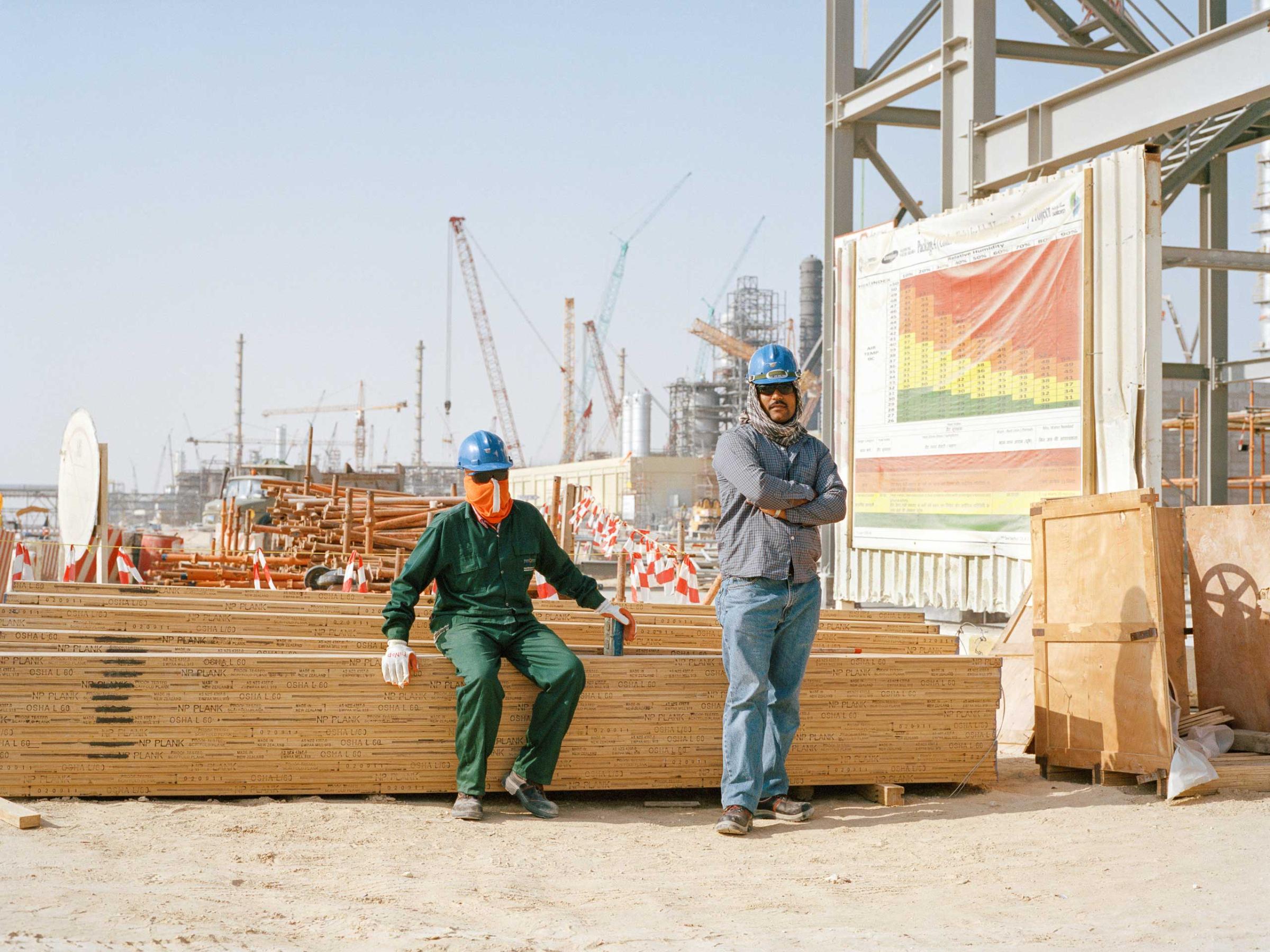
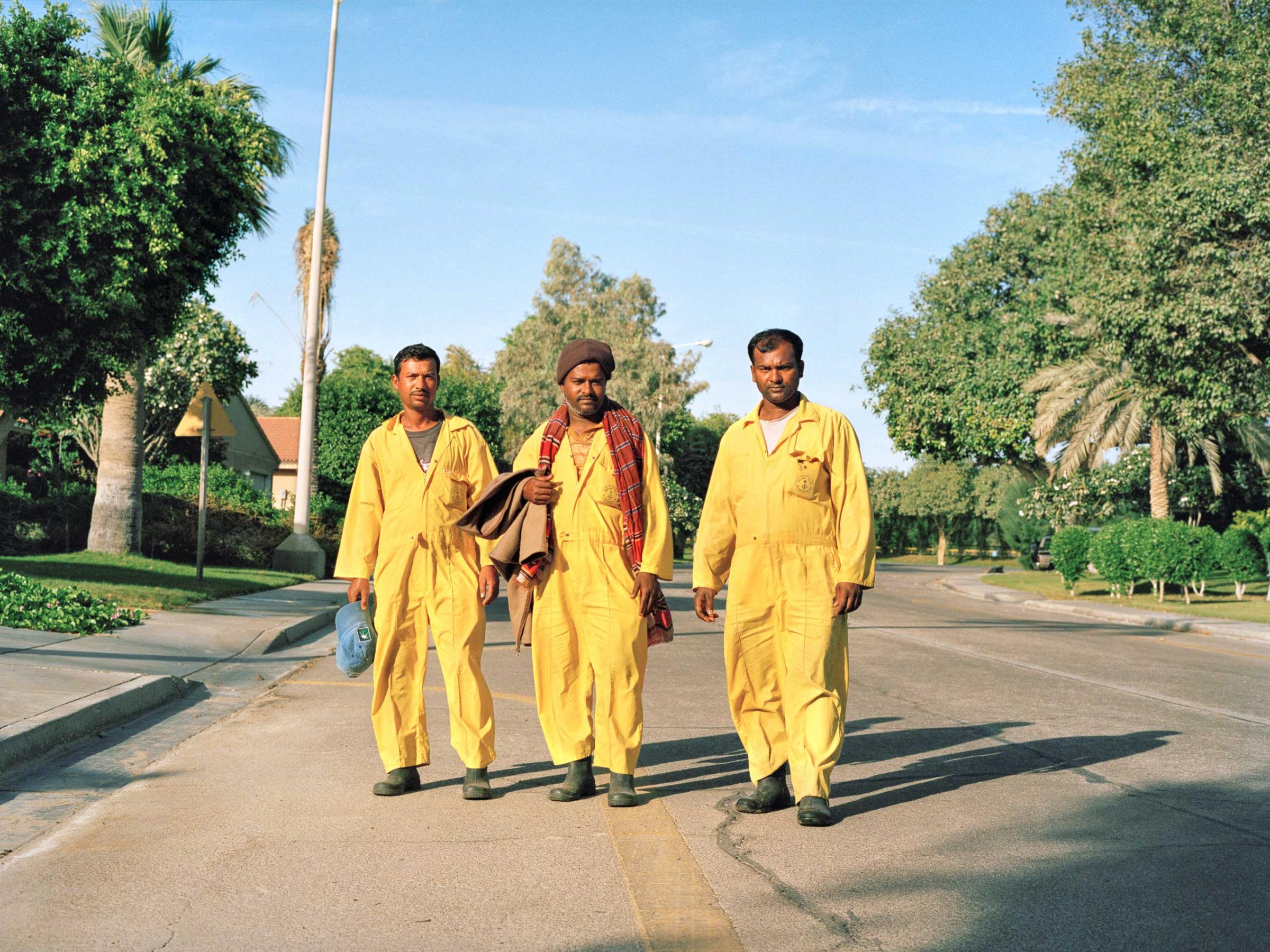
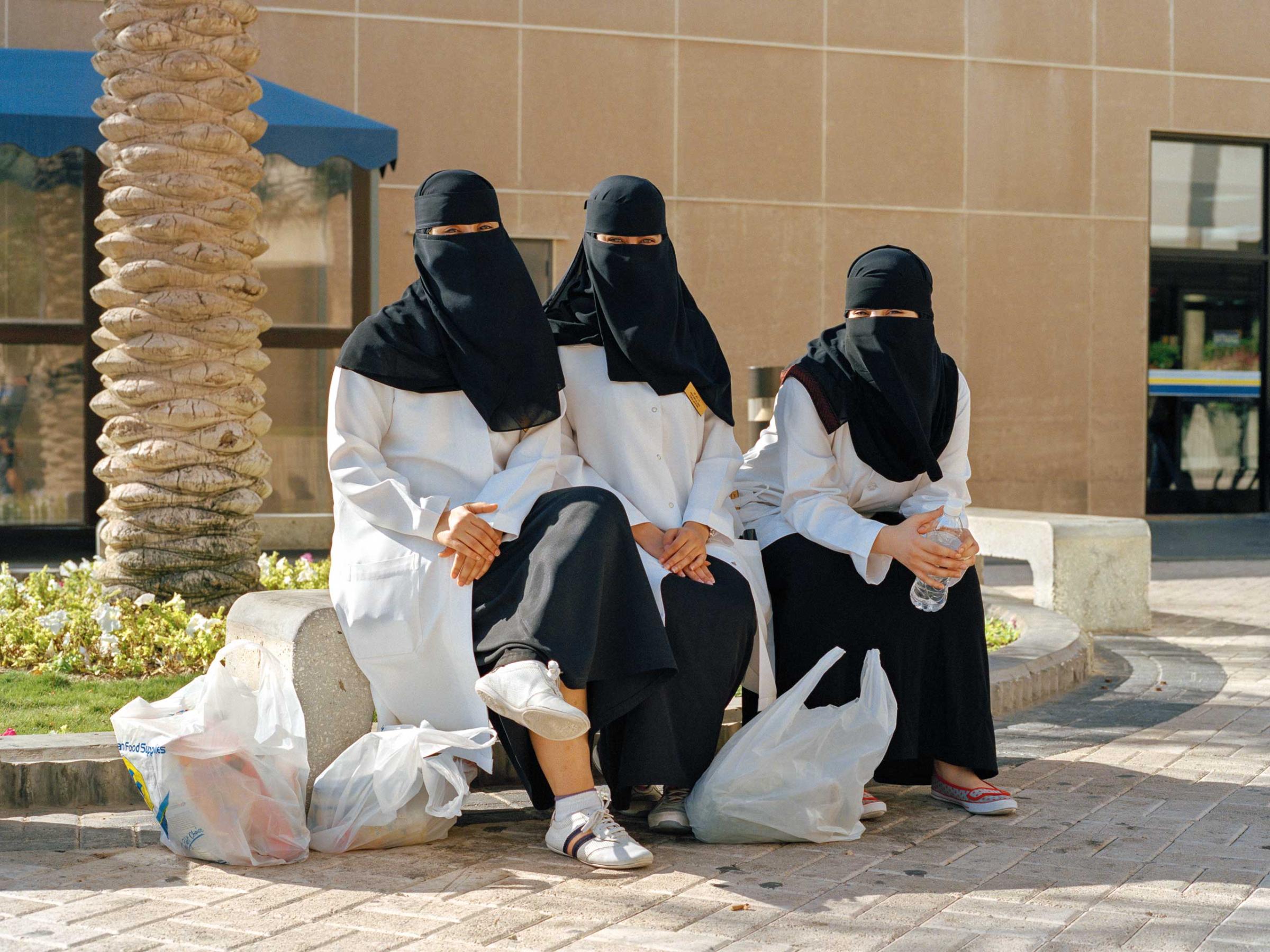
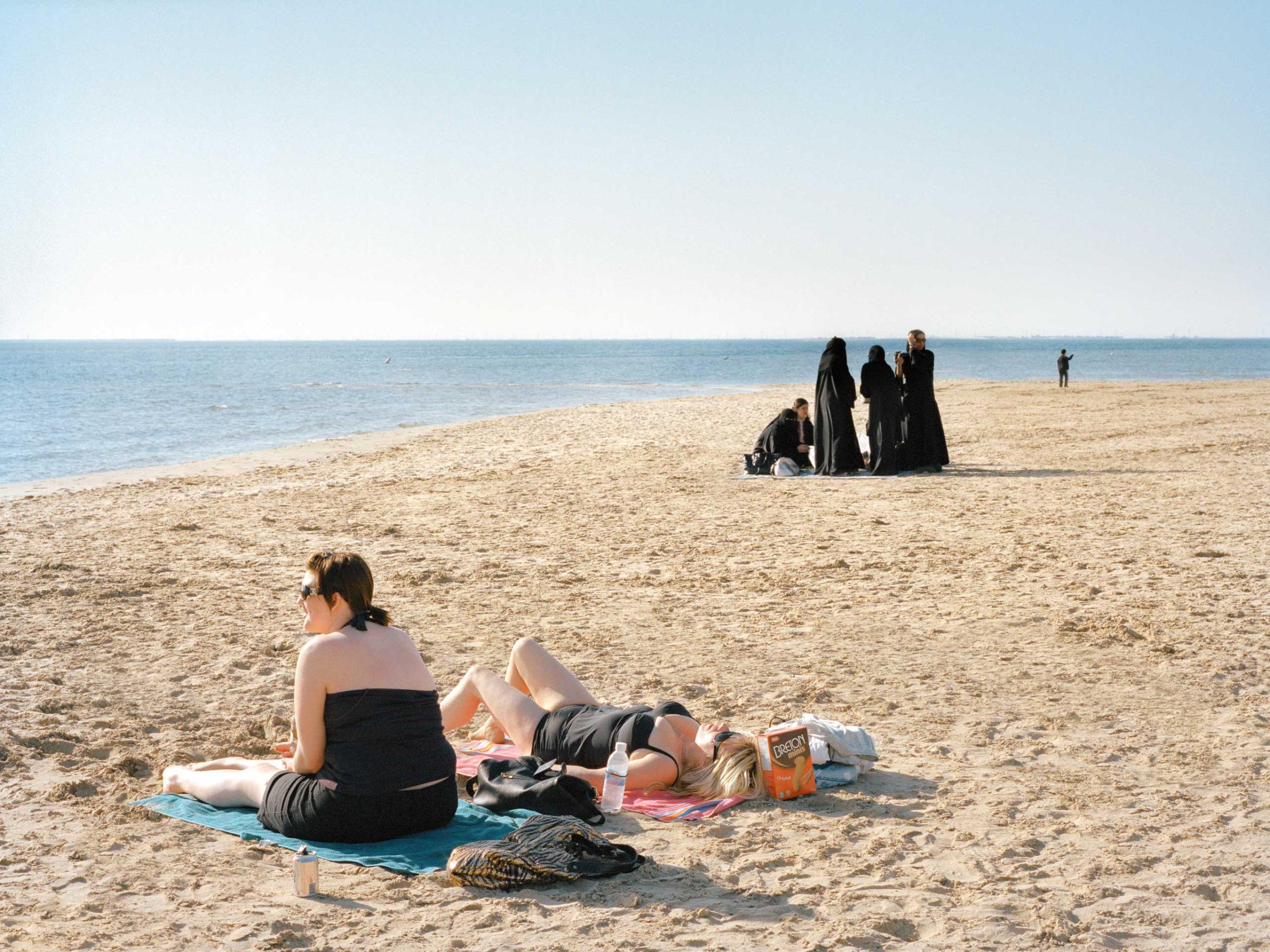
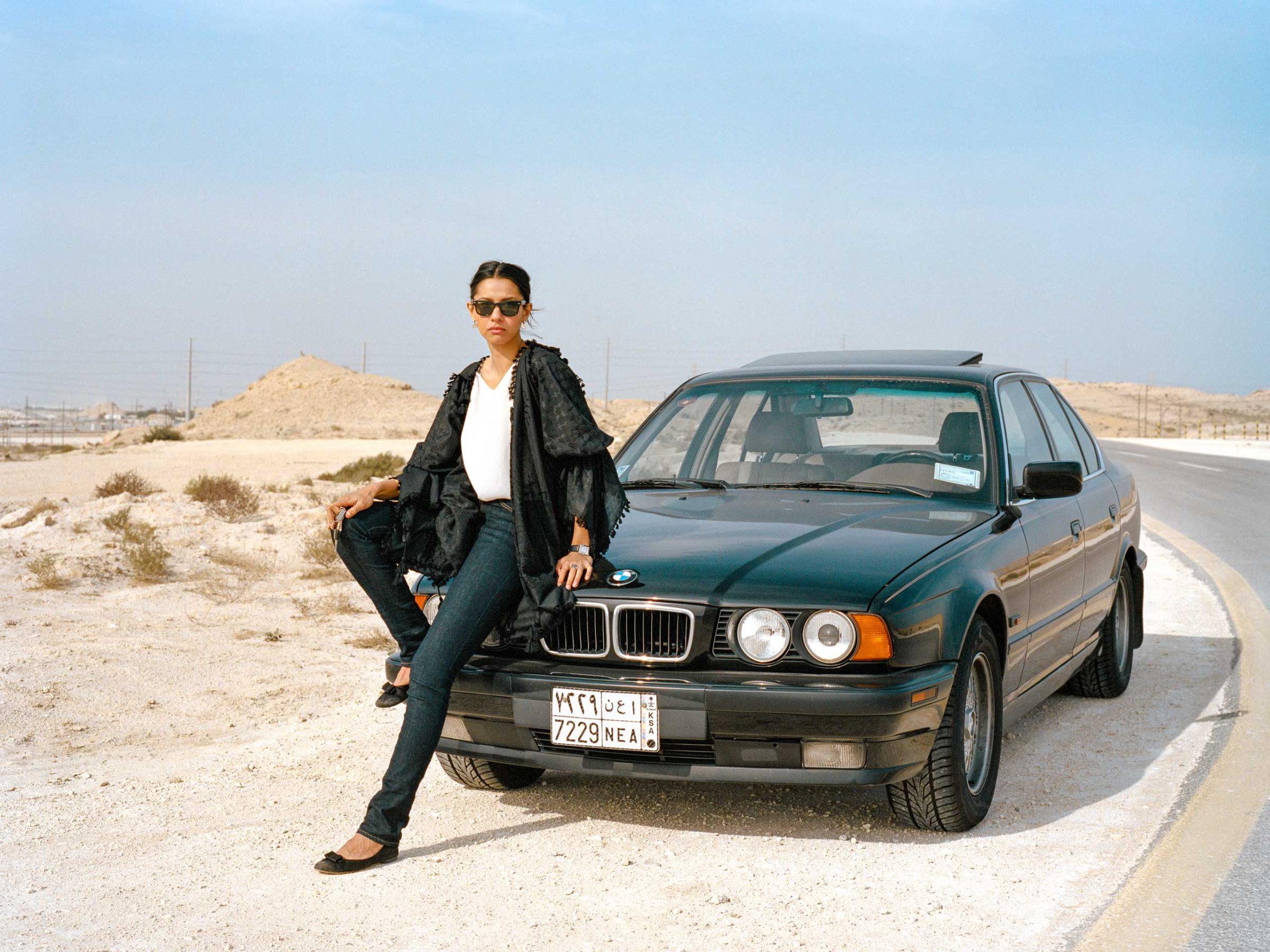
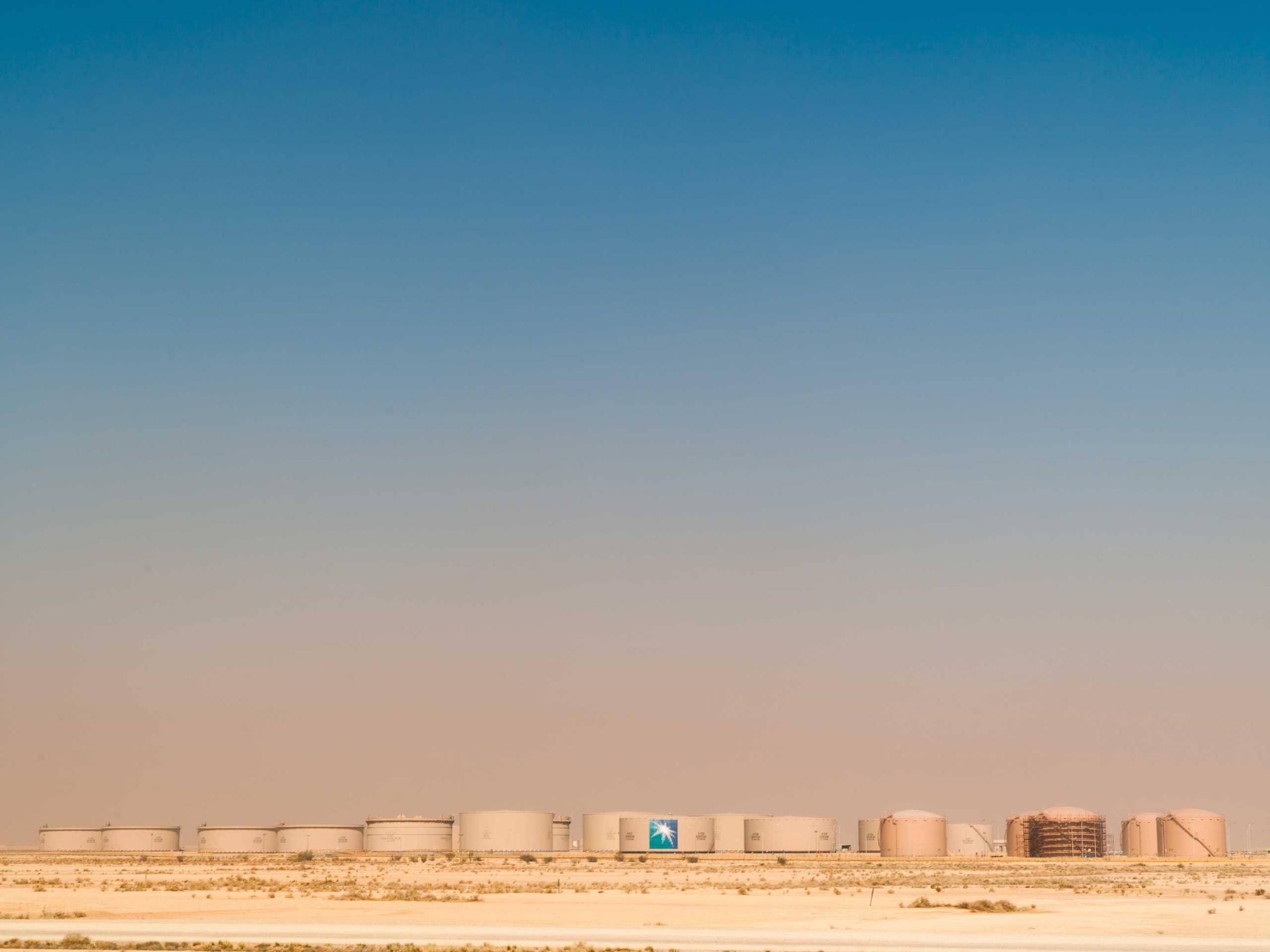
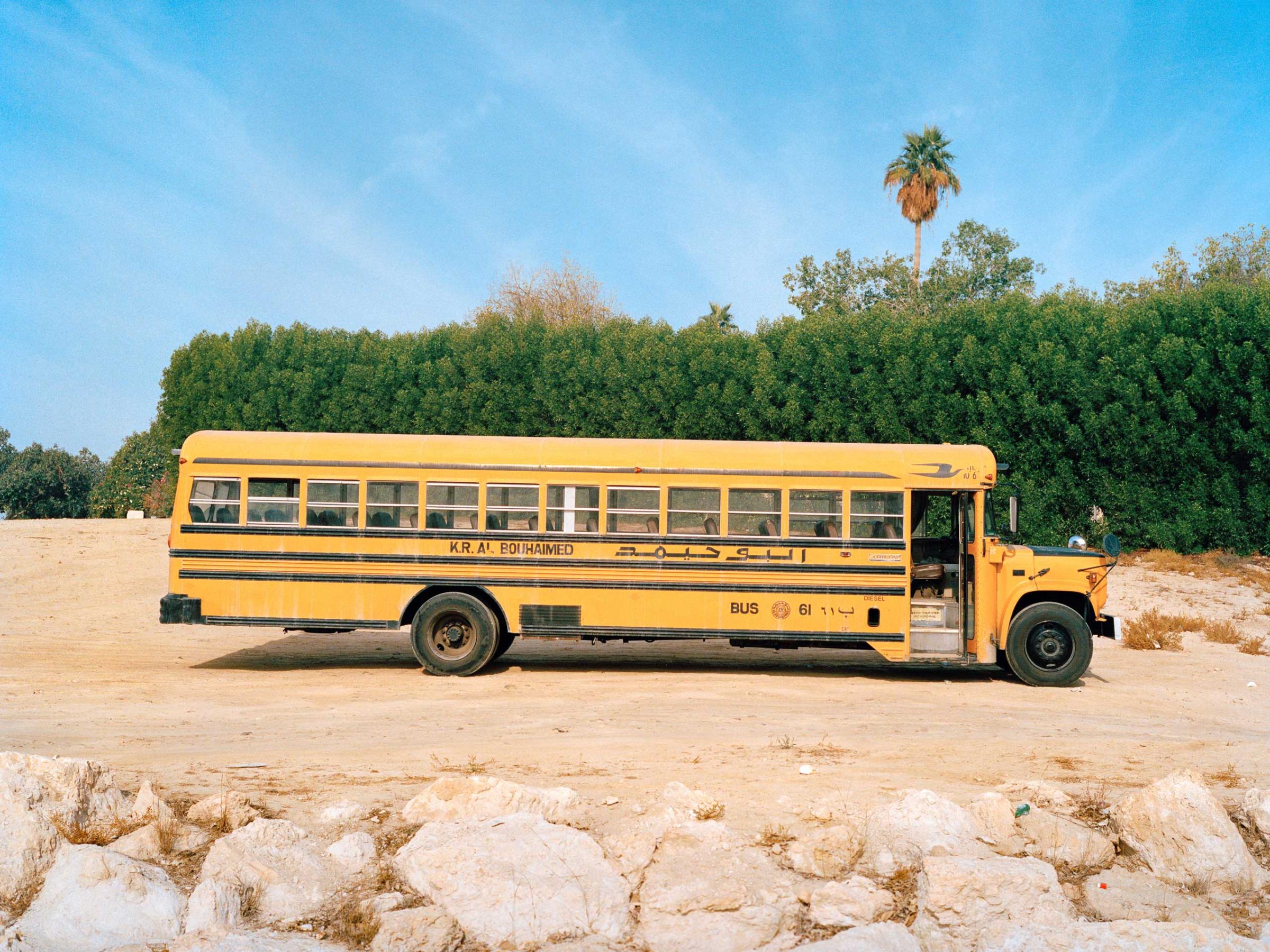


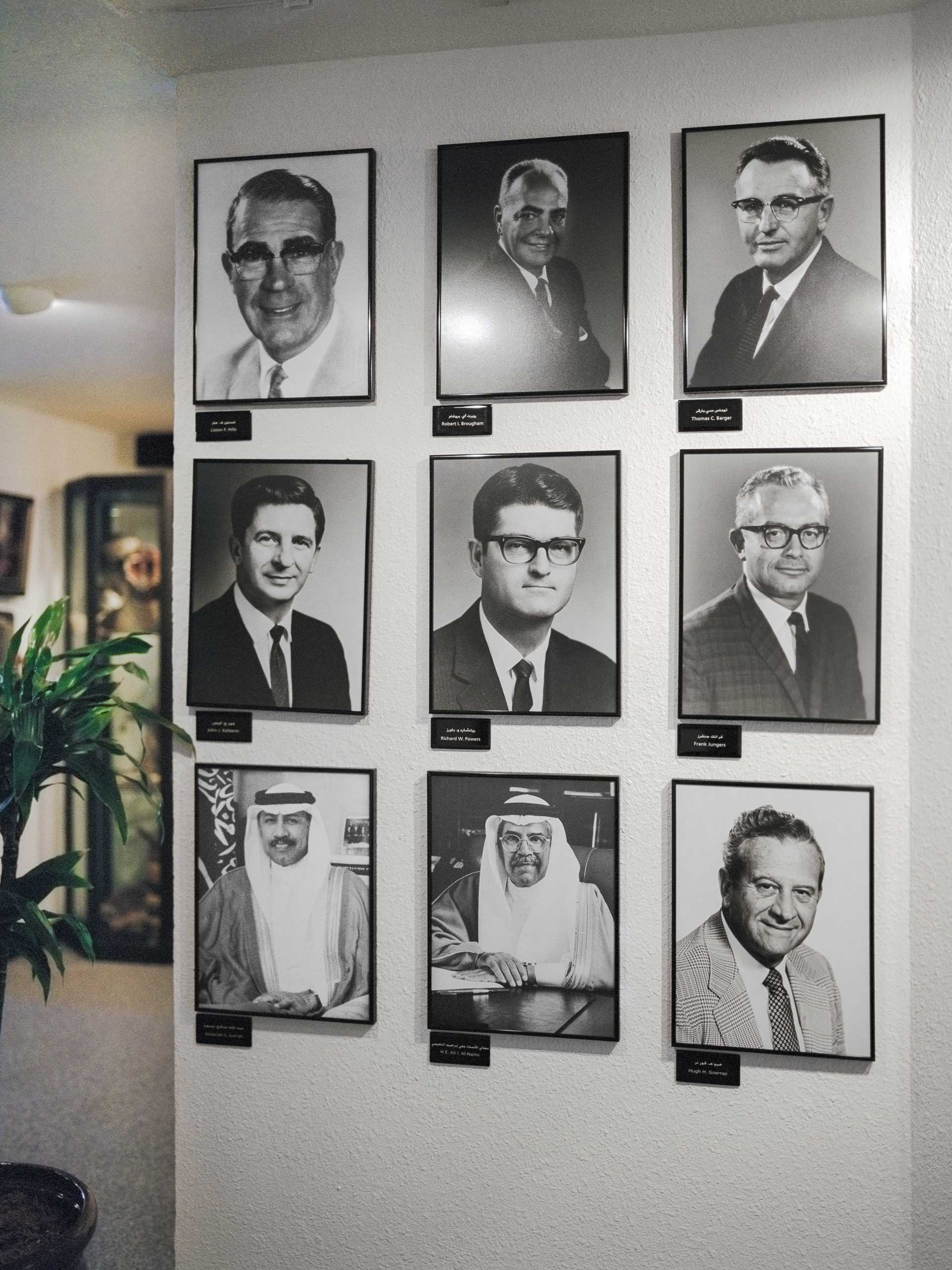
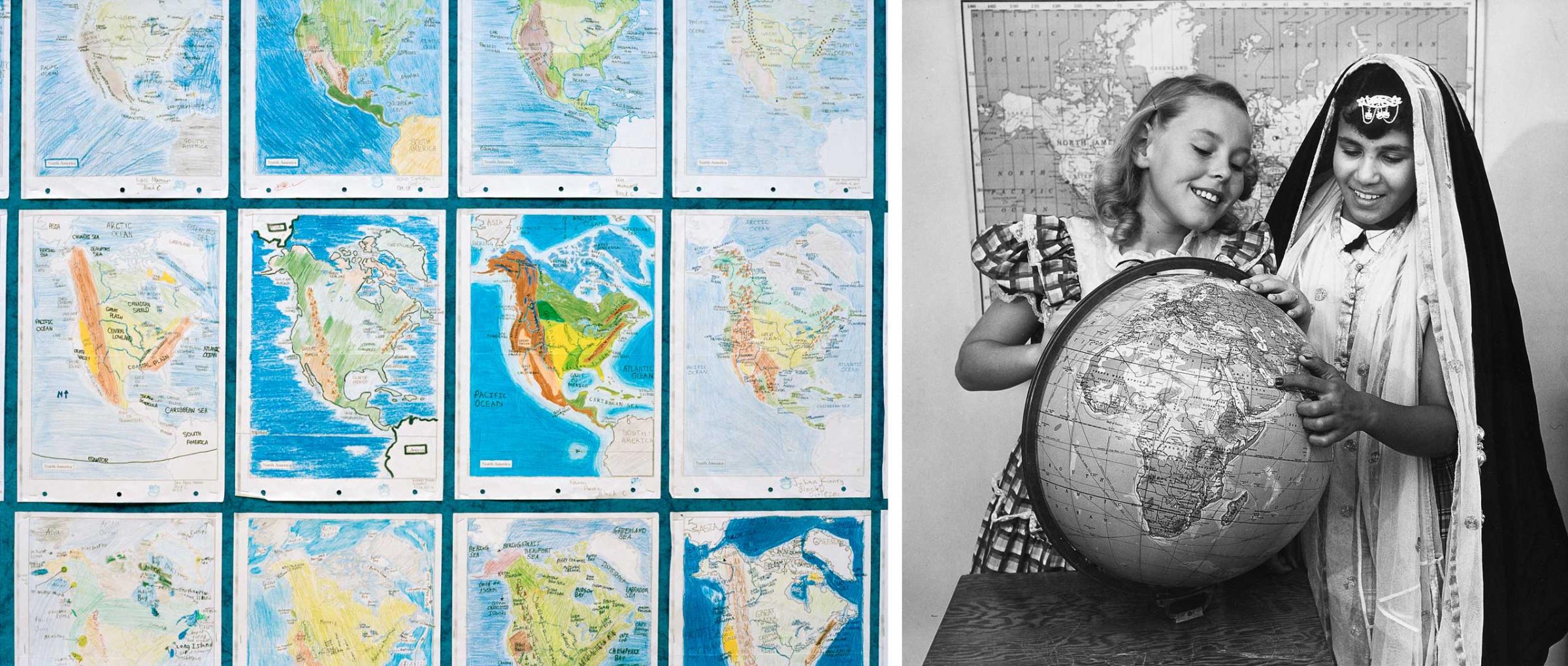
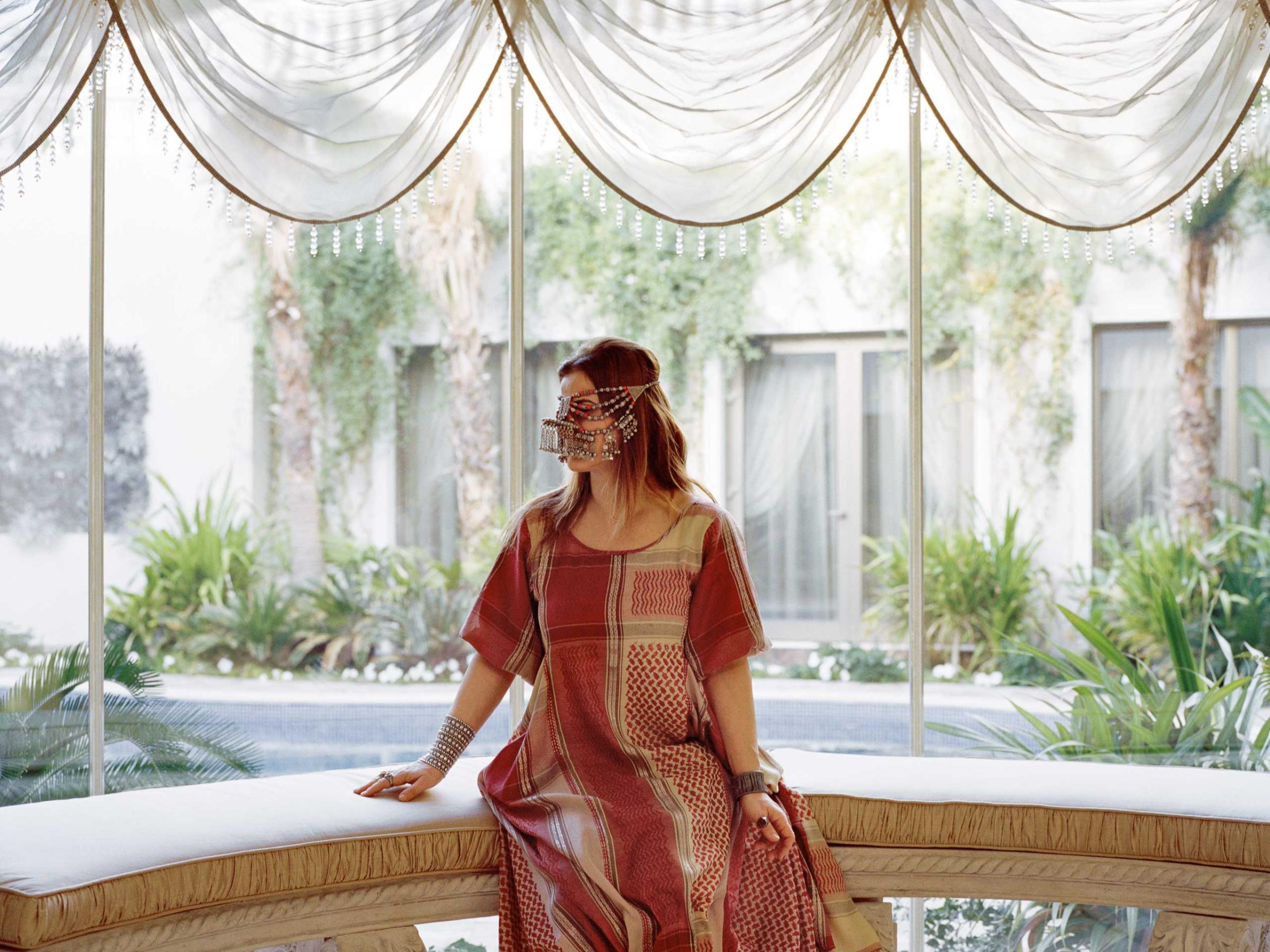
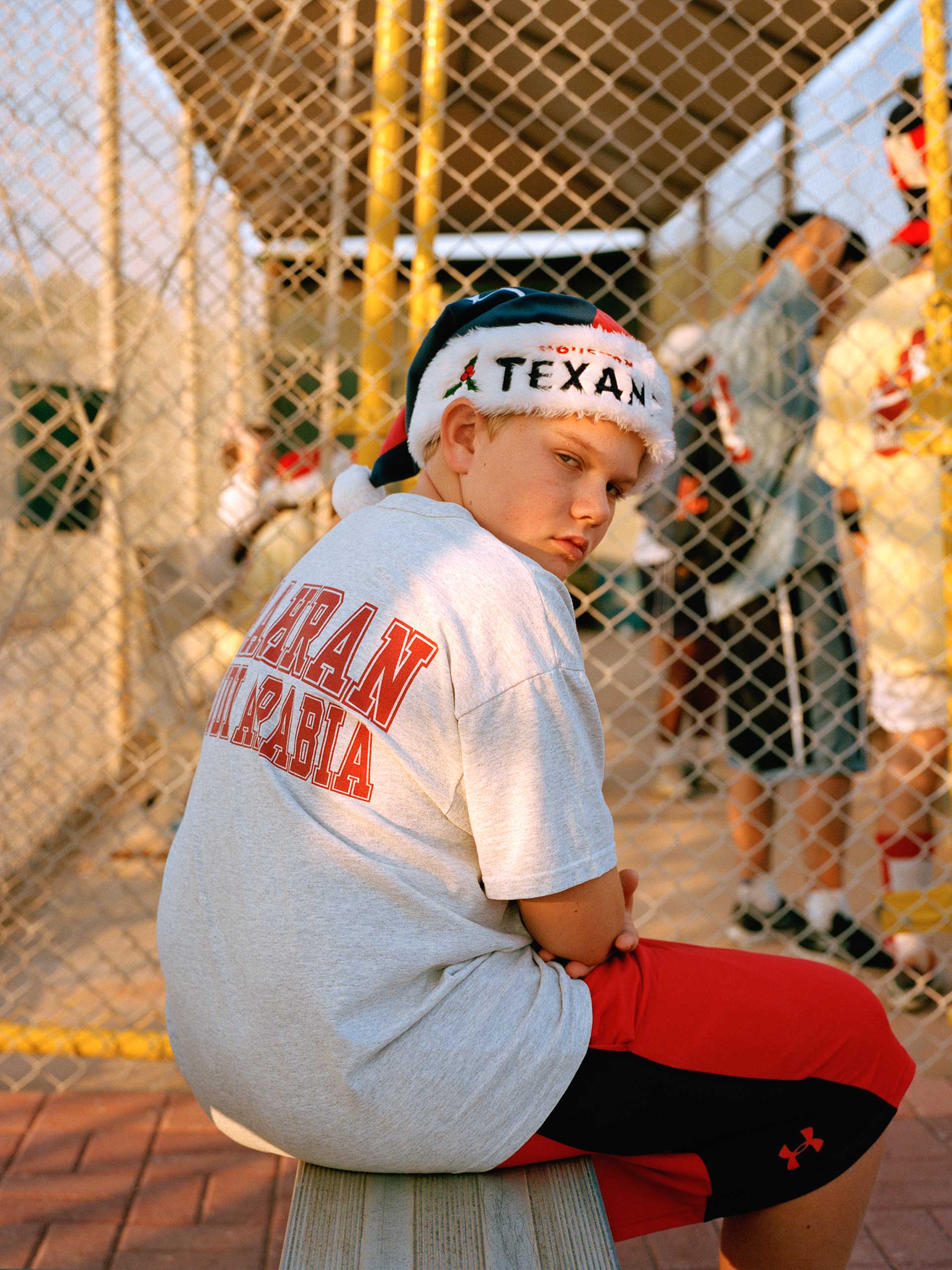
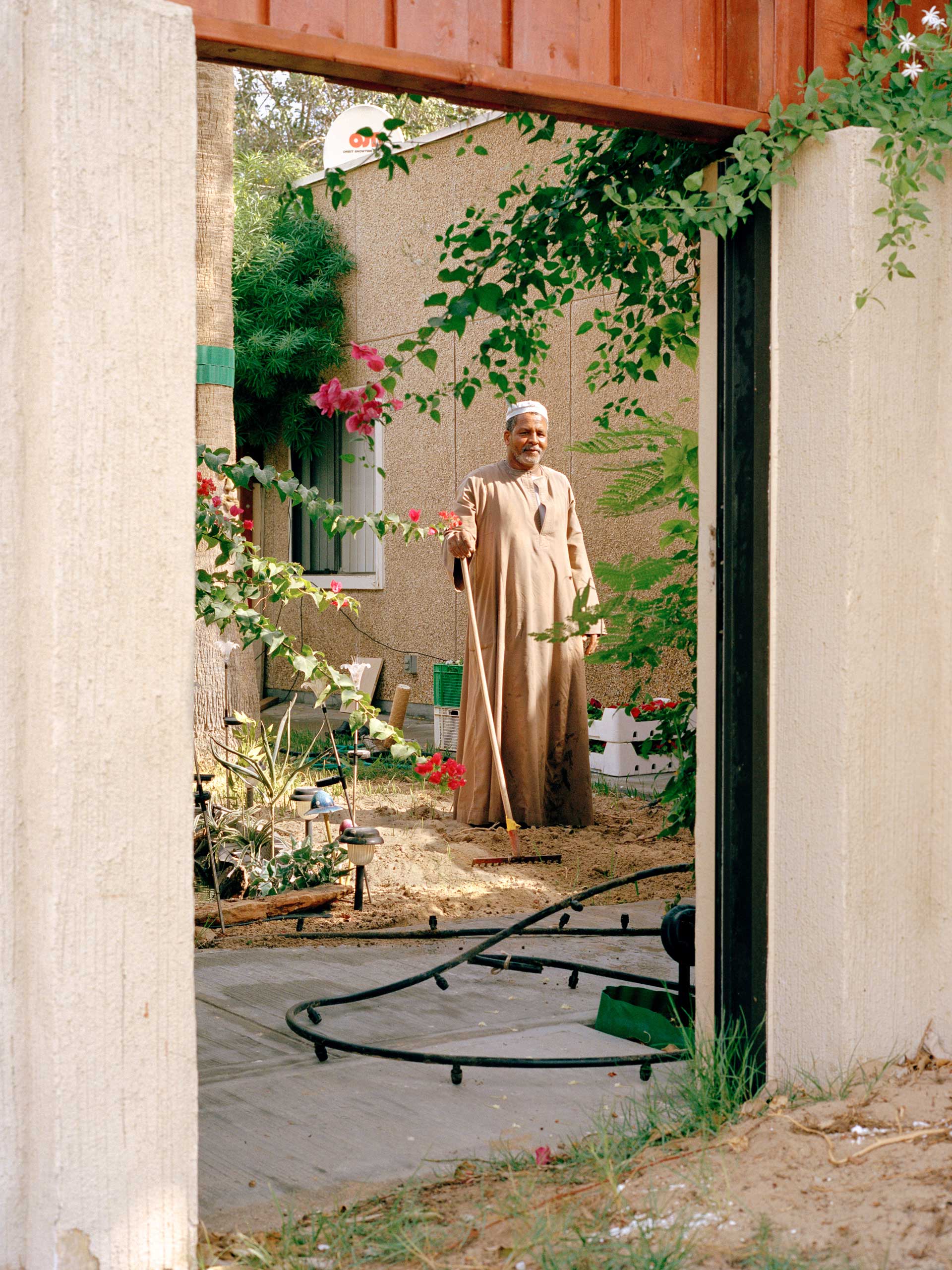

More Must-Reads from TIME
- Cybersecurity Experts Are Sounding the Alarm on DOGE
- Meet the 2025 Women of the Year
- The Harsh Truth About Disability Inclusion
- Why Do More Young Adults Have Cancer?
- Colman Domingo Leads With Radical Love
- How to Get Better at Doing Things Alone
- Michelle Zauner Stares Down the Darkness
Contact us at letters@time.com



